- 全部删除
 您的购物车当前为空
您的购物车当前为空
Anti-APP Antibody (3L659)
产品编号 TMAH-00073
别名 APP695, Amyloid Precursor Protein 695, Amyloid Precursor
Anti-APP Antibody (3L659) 是一种 Mouse 抗体,靶向 APP。Anti-APP Antibody (3L659) 可用于 ELISA, WB, IHC, IF。
Anti-APP Antibody (3L659)
Anti-APP Antibody (3L659)
产品编号 TMAH-00073 别名 APP695, Amyloid Precursor Protein 695, Amyloid Precursor
Anti-APP Antibody (3L659) 是一种 Mouse 抗体,靶向 APP。Anti-APP Antibody (3L659) 可用于 ELISA, WB, IHC, IF。
| 规格 | 价格 | 库存 | 数量 |
|---|---|---|---|
| 50 μg | ¥ 1,300 | 5日内发货 | |
| 100 μg | ¥ 2,195 | 5日内发货 |
大包装 & 定制
加入购物车
TargetMol 的所有产品仅用作科学研究或药证申报,不能被用于人体,我们不向个人提供产品和服务。请您遵守承诺用途,不得违反法律法规规定用于任何其他用途。
联系我们获取更多批次信息
资源下载
产品介绍
生物活性
偶联与修饰
抗原信息
| 产品描述 | Anti-APP Antibody (3L659) is a Mouse antibody targeting APP. Anti-APP Antibody (3L659) can be used in ELISA, WB, IHC, IF. |
| 别名 | APP695, Amyloid Precursor Protein 695, Amyloid Precursor |
| Ig Type | IgG2b |
| 克隆号 | 3L659 |
| 交叉反应 | Human, Mouse |
| 验证活性 | 1. Western blot -All lanes: Amyloid beta A4 antibody at 1µg/ml -Lane 1: Mouse heart tissue -Lane 2: Mouse kidney tissue -Lane 3: Mouse lung tissue -Secondary: Goat polyclonal to Mouse IgG at 1/15000 dilution -Predicted band size: 30, 35, 72, 80 kDa -Observed band size: 30, 35, 72 kDa 2. Immunohistochemistry of paraffin-embedded human brain tissue using TMAH-00073 at dilution of 1:200 3. Immunofluorescent analysis of Hela cells using TMAH-00073 at dilution of 1:100 and Alexa Fluor 488-congugated AffiniPure Goat Anti-Rabbit IgG(H+L) 4. Immunofluorescent analysis of HepG2 cells using TMAH-00073 at dilution of 1:100 and Alexa Fluor 488-congugated AffiniPure Goat Anti-Rabbit IgG(H+L) |
| 应用 | |
| 抗体种类 | Monoclonal |
| 宿主来源 | Mouse |
| 亚细胞定位 | Cell membrane; Single-pass type I membrane protein. Membrane; Single-pass type I membrane protein. Perikaryon. Cell projection, growth cone. Membrane, clathrin-coated pit. Early endosome. Cytoplasmic vesicle.; [C83]: Endoplasmic reticulum. Golgi apparatus. Early endosome.; [C99]: Early endosome.; [Soluble APP-beta]: Secreted.; [Amyloid-beta protein 42]: Cell surface.; [Gamma-secretase C-terminal fragment 59]: Nucleus. Cytoplasm. |
| 组织特异性 | Expressed in the brain and in cerebrospinal fluid (at protein level). Expressed in all fetal tissues examined with highest levels in brain, kidney, heart and spleen. Weak expression in liver. In adult brain, highest expression found in the frontal lobe of |
| 构建方式 | Hybridoma Monoclonal Antibody |
| 纯化方式 | Protein G purified |
| 性状 | Liquid |
| 缓冲液 | Preservative: 0.03% Proclin 300. Constituents: 50% Glycerol, 0.01M PBS, PH 7.4. |
| 纯度 | >95% |
| 研究背景 | Functions as a cell surface receptor and performs physiological functions on the surface of neurons relevant to neurite growth, neuronal adhesion and axonogenesis. Interaction between APP molecules on neighboring cells promotes synaptogenesis. Involved in cell mobility and transcription regulation through protein-protein interactions. Can promote transcription activation through binding to APBB1-KAT5 and inhibits Notch signaling through interaction with Numb. Couples to apoptosis-inducing pathways such as those mediated by G(O) and JIP. Inhibits G(o) alpha ATPase activity. Acts as a kinesin I membrane receptor, mediating the axonal transport of beta-secretase and presenilin 1. By acting as a kinesin I membrane receptor, plays a role in axonal anterograde transport of cargo towards synapes in axons. Involved in copper homeostasis/oxidative stress through copper ion reduction. In vitro, copper-metallated APP induces neuronal death directly or is potentiated through Cu(2+)-mediated low-density lipoprotein oxidation. Can regulate neurite outgrowth through binding to components of the extracellular matrix such as heparin and collagen I and IV. The splice isoforms that contain the BPTI domain possess protease inhibitor activity. Induces a AGER-dependent pathway that involves activation of p38 MAPK, resulting in internalization of amyloid-beta peptide and leading to mitochondrial dysfunction in cultured cortical neurons. Provides Cu(2+) ions for GPC1 which are required for release of nitric oxide (NO) and subsequent degradation of the heparan sulfate chains on GPC1. Amyloid-beta peptides are lipophilic metal chelators with metal-reducing activity. Bind transient metals such as copper, zinc and iron. In vitro, can reduce Cu(2+) and Fe(3+) to Cu(+) and Fe(2+), respectively. Amyloid-beta protein 42 is a more effective reductant than amyloid-beta protein 40. Amyloid-beta peptides bind to lipoproteins and apolipoproteins E and J in the CSF and to HDL particles in plasma, inhibiting metal-catalyzed oxidation of lipoproteins. APP42-beta may activate mononuclear phagocytes in the brain and elicit inflammatory responses. Promotes both tau aggregation and TPK II-mediated phosphorylation. Interaction with overexpressed HADH2 leads to oxidative stress and neurotoxicity. Also binds GPC1 in lipid rafts. Appicans elicit adhesion of neural cells to the extracellular matrix and may regulate neurite outgrowth in the brain. The gamma-CTF peptides as well as the caspase-cleaved peptides, including C31, are potent enhancers of neuronal apoptosis. N-APP binds TNFRSF21 triggering caspase activation and degeneration of both neuronal cell bodies (via caspase-3) and axons (via caspase-6). |
| 偶联 | Unconjugated |
| 免疫原 | Recombinant Protein: Human APP Protein |
| 抗原种属 | Human |
| 基因名称 | APP |
| 基因ID | |
| Uniprot ID | |
| 研究领域 | Neuroscience |
存储&运输
| 储存方式 | Store at -20°C or -80°C for 12 months. Avoid repeated freeze-thaw cycles. |
| 运输方式 | Shipping with blue ice. |
计算器
SCI 文献
评论列表
Related Tags: buy Anti-APP Antibody (3L659) | purchase Anti-APP Antibody (3L659) | Anti-APP Antibody (3L659) cost | order Anti-APP Antibody (3L659)










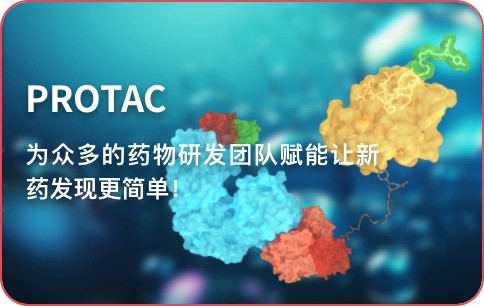






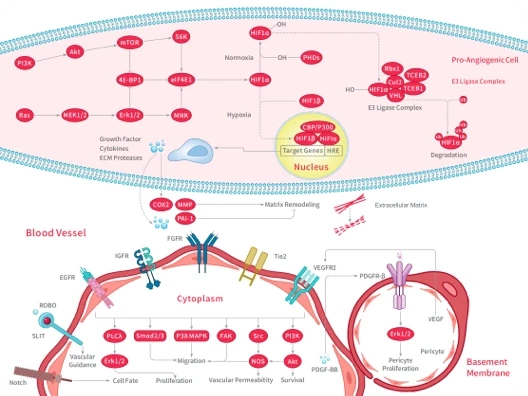
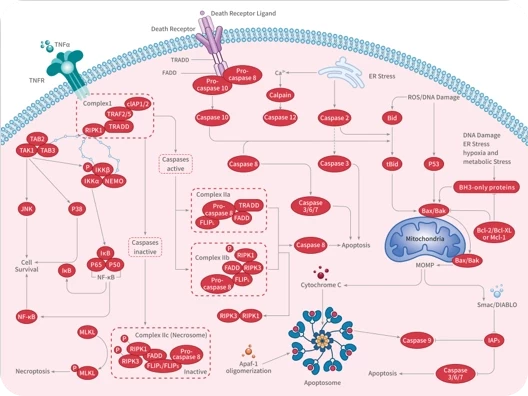
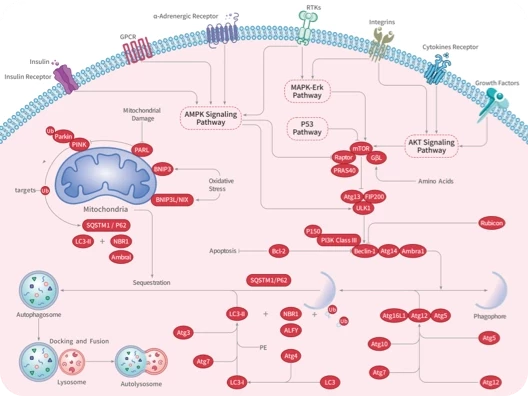


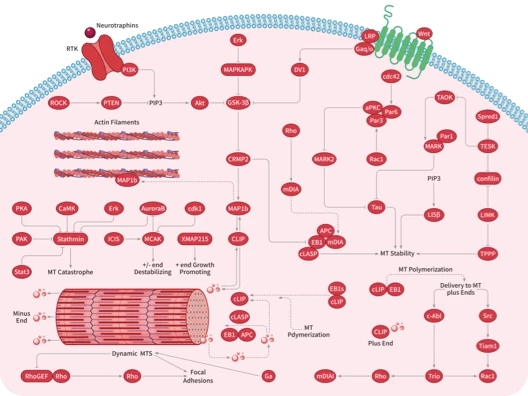
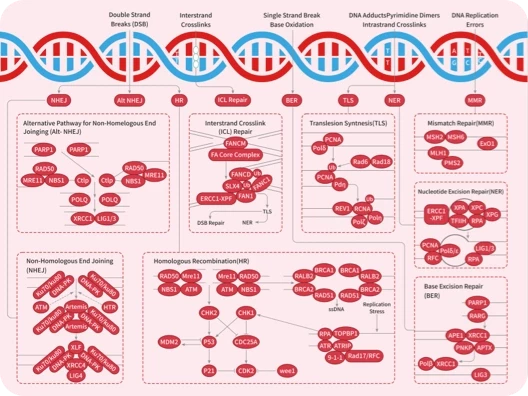

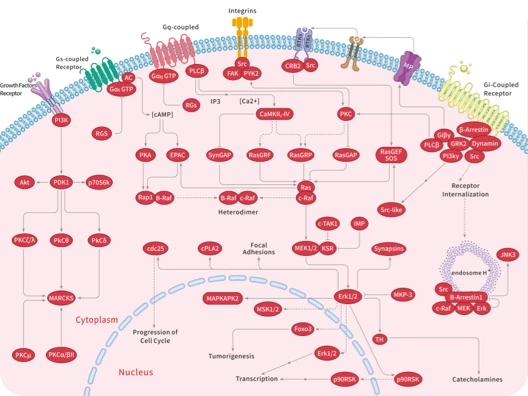
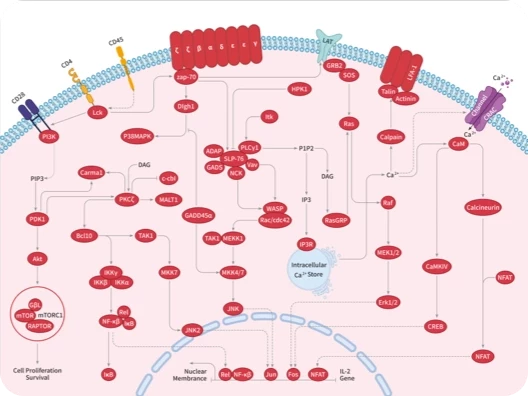
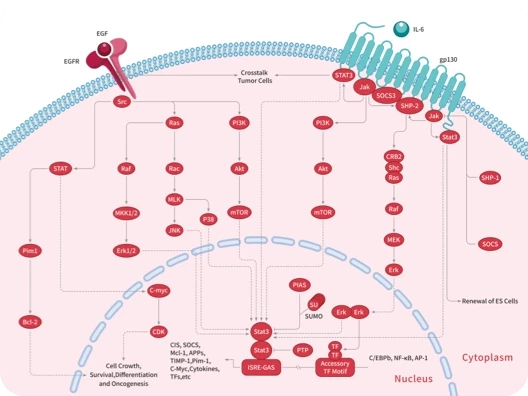
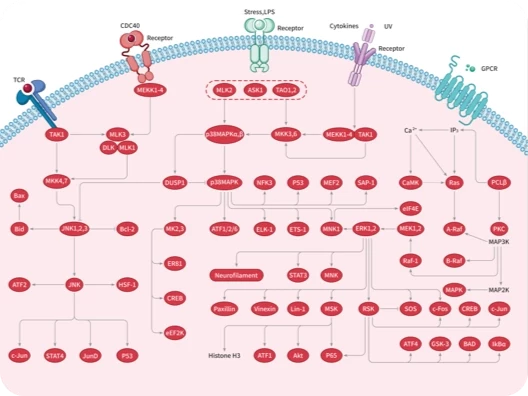


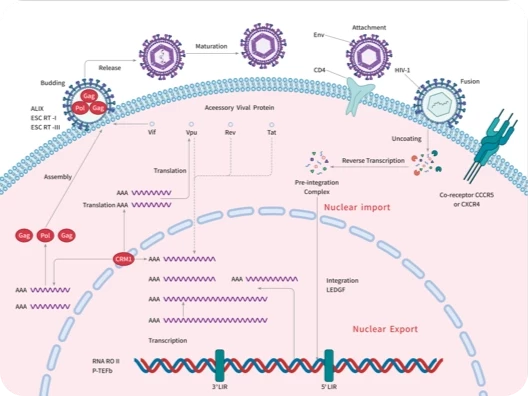

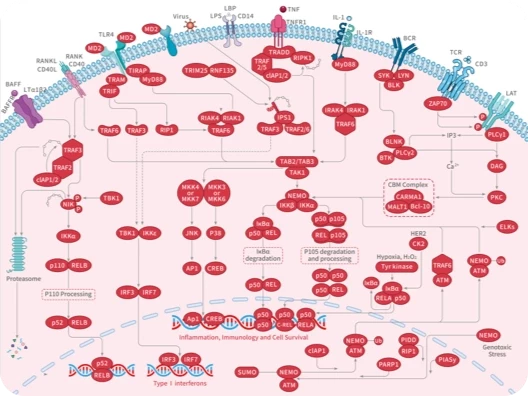
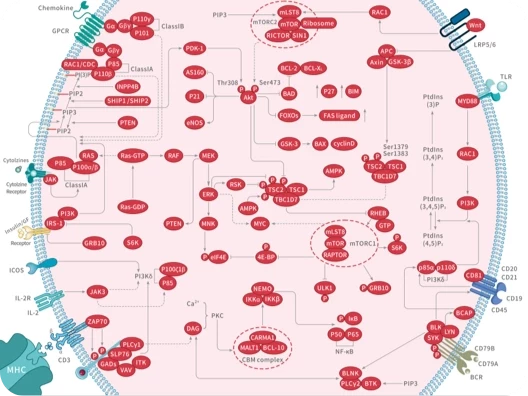
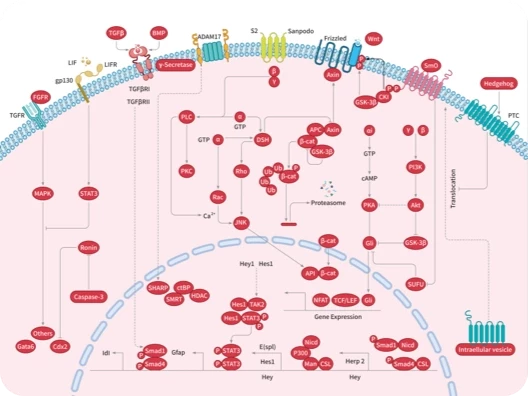

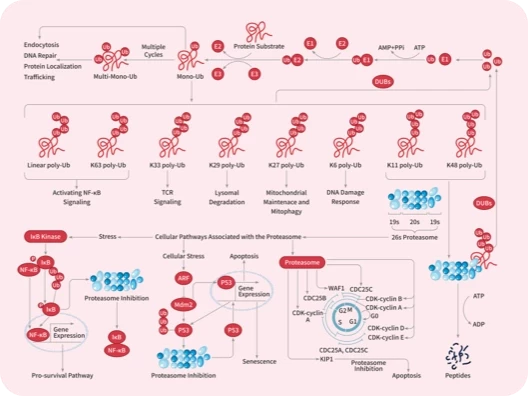


 还可以
还可以


评论内容